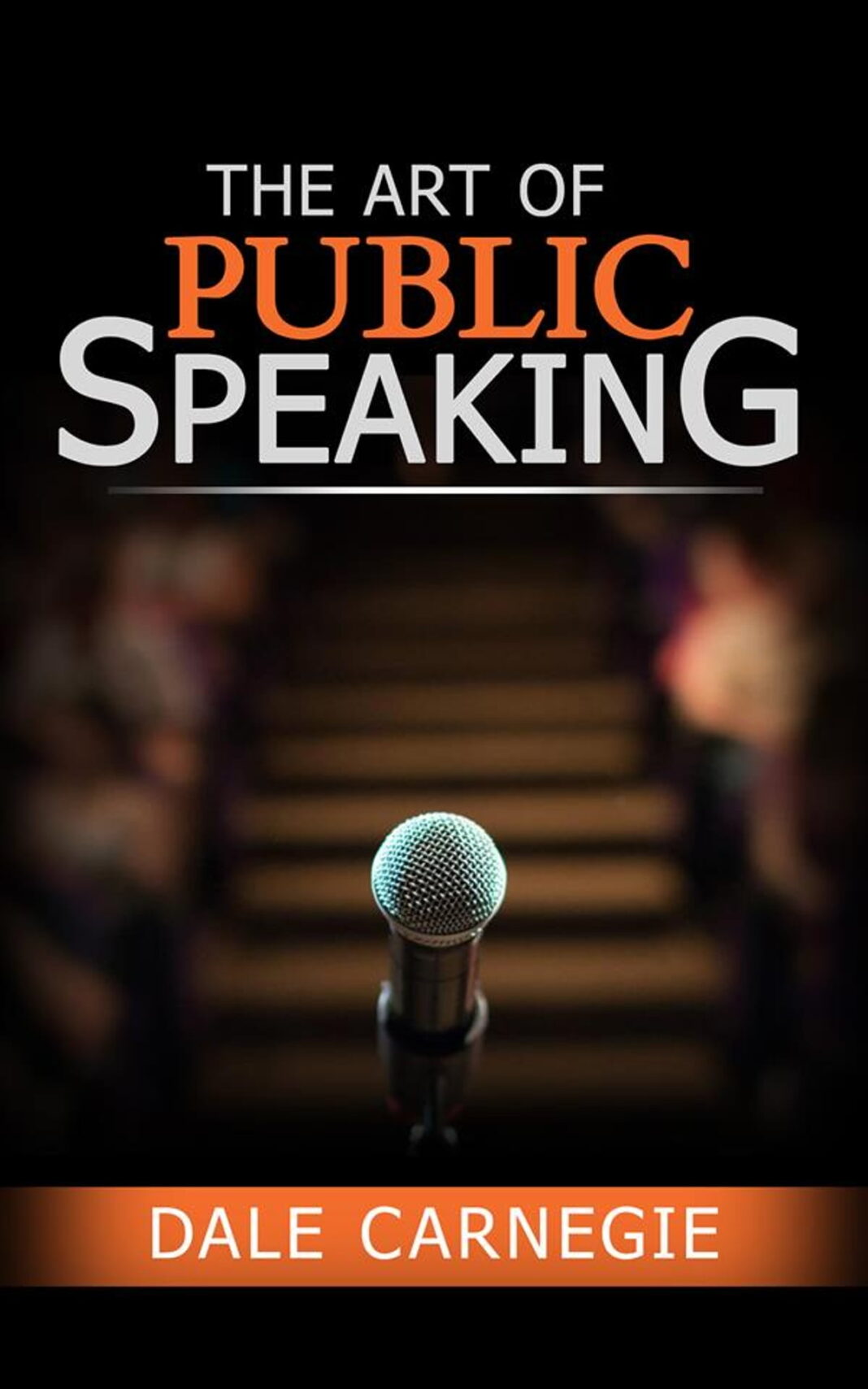Public speaking is one of the most crucial skills in today’s world, whether you are a student, a professional, or a business owner. The ability to communicate your ideas effectively and persuasively can open up a world of opportunities and help you achieve your goals. However, many people find public speaking intimidating or nerve-wracking, and they struggle to deliver a clear and engaging message. In his classic book, The Art of Public Speaking, Dale Carnegie provides practical tips and techniques for mastering this crucial skill. In this review, we will examine the key concepts and insights from the book and explore why it remains a must-read for anyone seeking to become a confident and effective public speaker.
Table of contents
Overview of the book
The Art of Public Speaking was first published in 1915 and has since become a classic guidebook for anyone seeking to improve their public speaking skills. The book is organized into 26 chapters, covering a range of topics from the importance of preparation to the art of persuasion. Throughout the book, Carnegie offers practical advice and techniques for overcoming fear and anxiety, connecting with your audience, and delivering a clear and compelling message. The book has sold millions of copies worldwide and has been praised for its timeless insights and practical applications.
The importance of preparation
Carnegie emphasizes that the key to successful public speaking is preparation. He advises speakers to research their topic thoroughly, organize their ideas into a logical structure, and practice their delivery before stepping on stage. He stresses that preparation not only builds confidence but also ensures that the speaker can deliver their message in a clear and engaging way. Carnegie provides practical tips for preparing a speech, such as starting with a strong opening, using concrete examples and stories, and anticipating possible questions or objections. By emphasizing the importance of preparation, Carnegie provides a roadmap for speakers to deliver a successful speech.
Connecting with your audience
Another key element of public speaking that Carnegie addresses is connecting with the audience. He advises speakers to understand their audience’s needs, interests, and values, and to tailor their message accordingly. He offers practical advice for establishing rapport with the audience, such as starting with a personal story or asking a thought-provoking question. Carnegie also emphasizes the importance of using body language, eye contact, and vocal variety to engage the audience and keep them interested. By connecting with the audience on an emotional level, speakers can create a memorable and impactful experience that resonates with the audience.
Crafting a compelling message
A crucial element of effective public speaking is crafting a compelling message that resonates with the audience. Carnegie advises speakers to focus on one main idea and to develop it through concrete examples, stories, and illustrations. He emphasizes the importance of using simple and concise language that is easy to understand and remember. Carnegie also suggests that speakers should make their message relevant to their audience’s needs and interests. By crafting a compelling message, speakers can make a lasting impact and inspire action.
Overcoming fear and anxiety
One of the biggest obstacles to successful public speaking is fear and anxiety. Many people feel nervous or self-conscious when speaking in front of others, which can negatively impact their performance. Carnegie offers several techniques for overcoming fear, such as deep breathing, visualization, and positive self-talk. He also suggests practicing your delivery in front of a mirror or a trusted friend, and gradually increasing your exposure to public speaking. By facing your fears and developing your skills, you can build confidence and reduce the impact of fear on your performance.
Delivering with confidence and style
Finally, Carnegie emphasizes the importance of delivering a speech with confidence and style. He advises speakers to speak clearly and slowly, using pauses and inflection to emphasize key points. He also suggests using gestures and body language to reinforce your message and to convey authenticity and sincerity. By mastering these techniques, speakers can create a powerful and memorable performance that engages and inspires their audience.
Pros and cons of the book
Overall, The Art of Public Speaking by Dale Carnegie is a highly practical and insightful guidebook for anyone seeking to improve their public speaking skills. The book provides clear and actionable advice for preparing, delivering, and connecting with an audience. Carnegie’s techniques are based on real-world experience and have been proven effective over time. One of the strengths of the book is its focus on building confidence and overcoming fear, which is often a major hurdle for novice speakers. Additionally, Carnegie’s writing style is engaging and accessible, making the book easy to read and understand.
However, there are some potential drawbacks to The Art of Public Speaking. Some readers may find the examples and stories used in the book to be dated or irrelevant to their own experiences. Additionally, while Carnegie’s techniques are effective, they may not work for every speaker or every situation. Some readers may find that the book oversimplifies the complexities of public speaking or lacks nuance in its approach. However, these criticisms are relatively minor and do not detract significantly from the overall value of the book.
Conclusion
In conclusion, The Art of Public Speaking is a must-read for anyone seeking to become a confident and effective public speaker. The book provides practical and actionable advice for preparing, delivering, and connecting with an audience, and emphasizes the importance of building confidence and overcoming fear. Carnegie’s techniques are based on real-world experience and have stood the test of time, making this book a timeless classic in the field of public speaking. Whether you are a student, a professional, or a business owner, The Art of Public Speaking is an invaluable resource that can help you achieve your goals and reach your full potential as a speaker.



 For all latest articles, follow on Google News
For all latest articles, follow on Google News
Fantastic article. Excellent reading material. I adore reading such lovely articles. Thanks! continue to rock